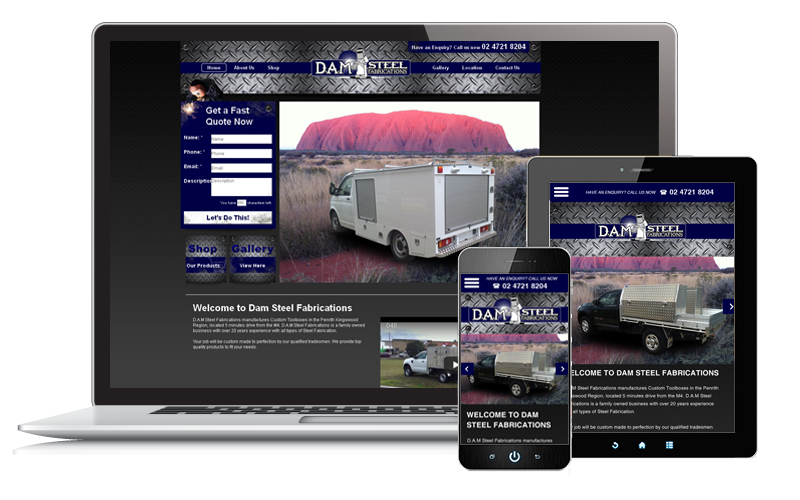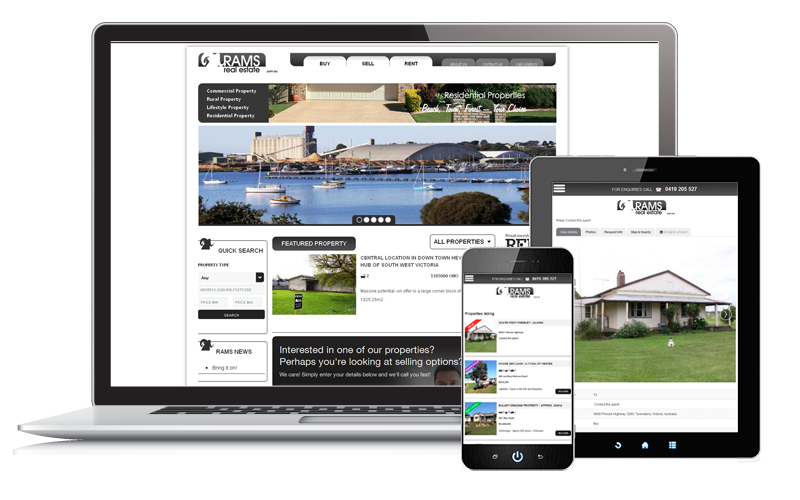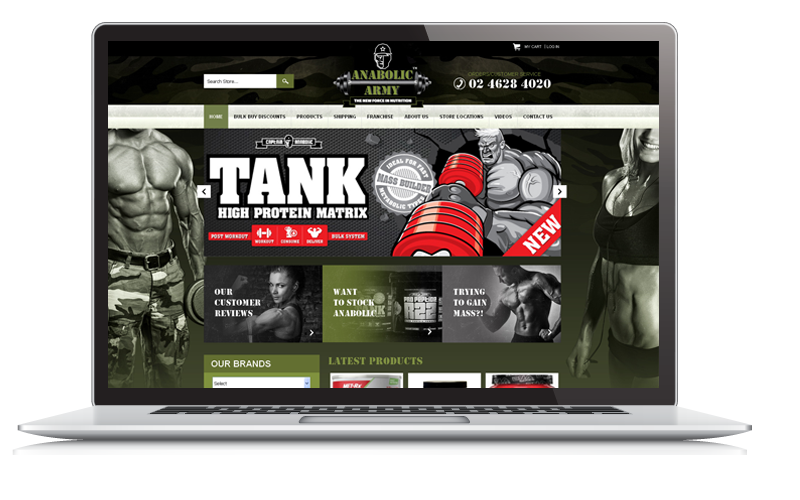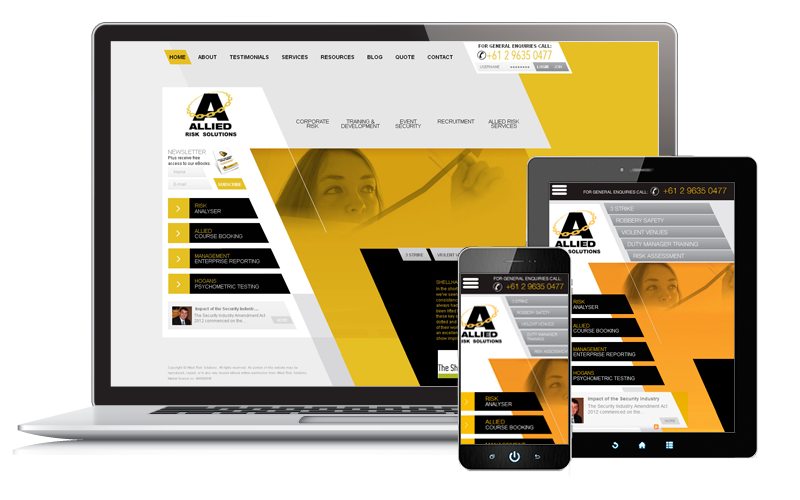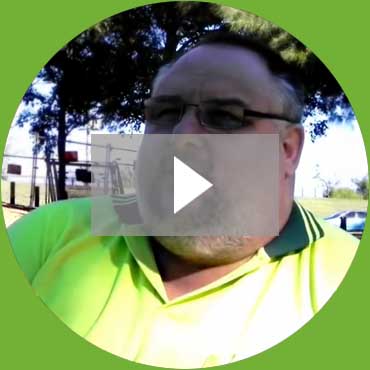1. Figure out where your leads are coming from. Typically, your website visitors will land on a variety of pages on your website. It depends on what they searched for and what content led them to you.
Find out their common landing pages; then grade each page on its effectiveness in converting site visits into leads. This means looking at a variety of factors, such as your page’s click-thru rate, bounce rate, and unique visits.
An ideal site visitor behaviour is that they stay and read your content for a few minutes, follow links around your website, and then leave their information through your online form. Or, if you have an online store, they proceed to buy from you. Something like this definitely indicates great interest.
Of course, the ideal does not always happen. The web empowers people to access unlimited information/ content, yours and your competition. The ease in which they found your website is also true for your competitor’s website. This gives you more reason to improve the optimisation of your pages – when it comes to getting found and retaining the interest of your target market.
2. Optimize your landing pages. Once you’ve identified your landing pages, map out the path that your visitors take in their conversion. What pages do they follow/ visit? What pages lose their attention and incur the most bounce rates?
Optimise these pages with this map/ path in mind. You need to be conscious of the keywords that led them to your pages; and the content that retained their attention.
3. Create multiple versions and test. One-time optimisation is unlikely. You can expect to not get it right the first time around. You want to see how different versions of your CTA (call-to-action), keywords, content and design works. For this, you need to do an A/B testing on your landing pages.
Draft different versions, and get them optimised and live. See which versions enjoy the most site visitors at specific time ranges. Keep the pages that are most effective retention and conversion.
Sometimes, it pays to keep several versions of your landing pages live. A study by Hubspot reveals that businesses with more than 30 landing pages enjoy 7X better conversions.
4. Follow-through and nurture your leads. Leads don’t always immediately convert into buyers. Majority need nurturing. We discussed this in-depth previously.
It is important to keep this in mind. Getting leads is never the end of it. This is only the beginning of your work. Ensure that you get qualified leads, and then nurture them consistently through follow-ups and targeted content.







